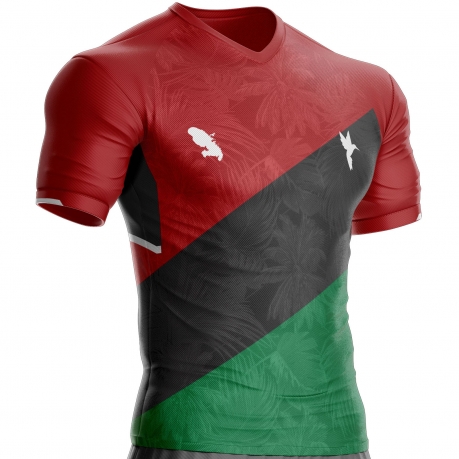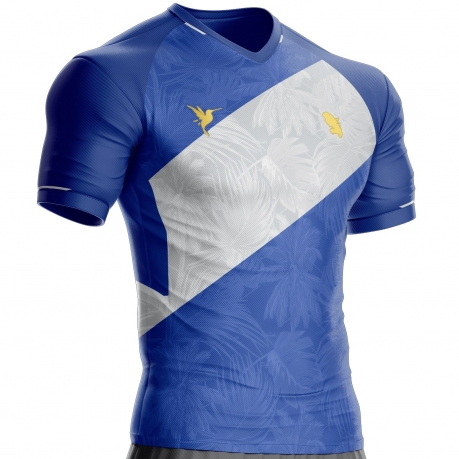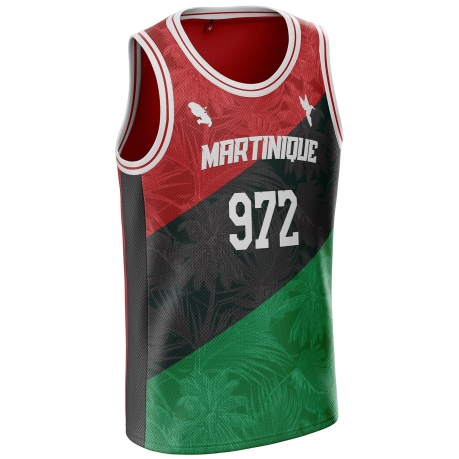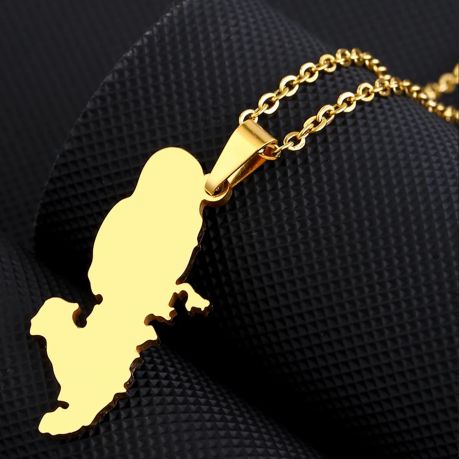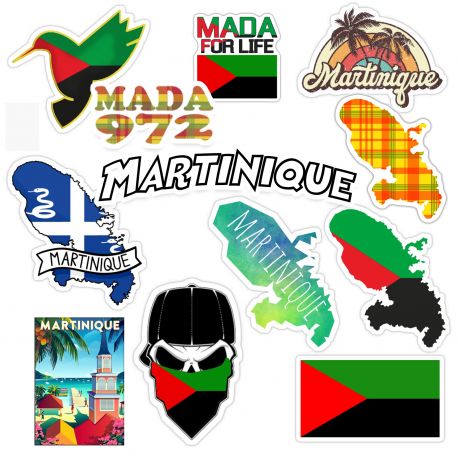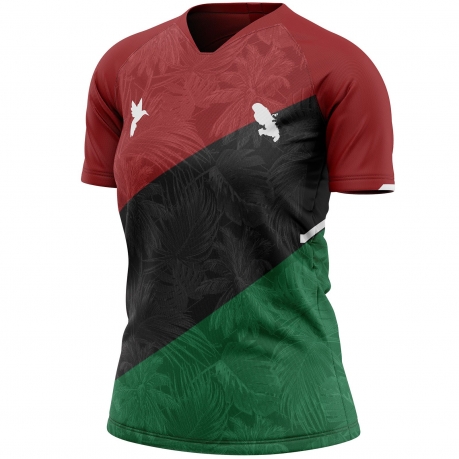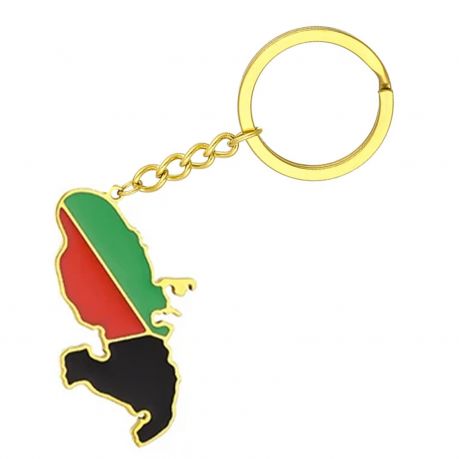The most expensive transfers of Martinican players

Far from the spotlight of the major European championships, Martinique, a Caribbean island lulled by turquoise swells, cultivates an unconditional passion for football. Land of talents and sporting exploits, the island has seen the birth of exceptional players who, through their prowess on the field, have attracted the attention of foreign clubs. Among the highlights of recent years, the transfers of Martinican players for astronomical sums have hit the sporting and economic headlines.
It is this fascinating phenomenon that we will focus on in this article. By exploring the most expensive transfers in history, we will discover the journey of these Martinique footballers who climbed the steps of international success. We will analyze the reasons which pushed foreign clubs to invest colossal sums to secure their services.
More than a simple financial phenomenon, these transfers are proving to be a real engine of development for Martinique football. Indeed, we will see how they contribute to improving the level of play of the national team, to the development of sports infrastructures and to the inspiration of the young generation of footballers.
However, this success is not without challenges. We will address the economic and social issues linked to these transfers, as well as the need for quality training for young Martinique players. Finally, we will highlight the importance of close collaboration between Martinique and foreign clubs to guarantee a prosperous future for Martinique football.
By exploring the different facets of this subject, we hope to provide comprehensive insight into the impact of transfers of Martinican players, both on a sporting and economic level. It is a story of passion, talent and ambition that emerges throughout the pages, a story that resonates with the vibrant soul of Martinique and which promises a bright future for football on the island.
The 10 most expensive transfers of Martinican players: a flight to the top
Martinican football has undergone rapid development in recent years, marked by transfers of players to foreign clubs for ever-increasing amounts. These transactions, far from being trivial, constitute a real phenomenon which deserves to be examined more closely.
A list of record transfers
Let's start by establishing a ranking of the 10 most expensive Martinican player transfers in history. This list, established in descending order of the amount of transfers, will allow us to discover the players who have left their mark on the market with their talent and their market value.
Focus on the players and their journey
For each player listed in these rankings, we will explore their career in detail. From his promising beginnings in Martinique to his meteoric rise in foreign championships, we will retrace his journey and analyze the factors which contributed to his success.
Understanding the motivations of buying clubs
The analysis of purchasing clubs is also essential to understand the reasons behind these expensive transfers. We will look at the strategies and objectives of the clubs which have decided to invest colossal sums in Martinican players.
By exploring these different perspectives, we will provide a complete overview of the 10 most expensive transfers in the history of Martinique football. This trip will allow us to better understand the impact of these transactions on the development of football on the island and on the careers of these talented players who are the pride of Martinique.
Here is an example of a player we could feature in this section:
Player: Raphaël Varane
Amount of the transfer: 80 million euros
Seller club: Real Madrid
Buyer's club: Manchester United
Course: Trained at RC Lens, Varane established himself as one of the best central defenders in the world at Real Madrid. He won four Champions Leagues and three Club World Cups with the Madrid club. In 2021, he joined Manchester United for a fee of €80 million, becoming the most expensive Martinique player in history.
Analysis: Varane's transfer to Manchester United can be explained by several factors. The English club were looking for a world-class central defender to strengthen their defense. Varane, with his experience and talent, was the ideal candidate. In addition, the financial attractiveness of the Premier League played an important role in this transfer.
In conclusion, this first part allowed us to discover the 10 most expensive transfers in the history of Martinique football. By exploring the players' journey and the motivations of the purchasing clubs, we have identified the importance of these transactions for the development of football on the island.
The impact of transfers of Martinican players on football on the island: a positive dynamic in progress
Part 2: The impact of transfers of Martinican players on Martinican football
Beyond the incredible figures and the glitter of international football, the transfers of Martinican players have a concrete and positive impact on the development of football on the island.
A new lease of life for the national selection
One of the most notable effects is the improvement in the level of play of the Martinique national team. Indeed, the experience acquired by Martinique players in high-level foreign championships reflects on the national team. Their talent and know-how contribute to raising the level of collective play and increasing Martinique's chances of success in international competitions.
A boom in Martinican infrastructure and clubs
The economic benefits of transfers are not negligible. The sums generated by these transactions allow Martinique clubs to invest in the development of their infrastructure and improve the quality of training for young players. New fields, training centers and modern equipment are being created, contributing to the professionalization of Martinican football.
A source of inspiration for the younger generation
The success of Martinique players abroad is a source of inspiration for the young generation of footballers on the island. Their exploits demonstrate that, despite obstacles and difficulties, it is possible to realize your dreams and break through at the highest level. These players become role models, encouraging young people to persevere in their efforts and believe in their potential.
In conclusion, the transfers of Martinican players constitute a real engine of development for football on the island. They contribute to improving the level of play of the national team, to the development of Martinique's infrastructures and clubs and to the inspiration of young footballers.
However, it is important to emphasize that this phenomenon is not without challenges. The question of training young Martinique players is crucial to guarantee a sustainable future for football on the island. Likewise, it is important to ensure that the economic benefits of transfers are fairly distributed and benefit all of Martinique football.
In the next part, we will explore the challenges and future prospects of Martinique football in the context of player transfers.
The challenges and future prospects of Martinican football: towards sustainable development
Part 3: Challenges and future prospects
If the transfers of Martinican players offer undeniable opportunities for the development of football on the island, the fact remains that certain important challenges must be met to guarantee a sustainable future for this sport.
Economic and financial issues
Player transfers constitute a significant financial windfall for Martinique clubs. However, it is important to ensure that these resources are used wisely and transparently. The establishment of sound and rigorous financial management is essential to guarantee the sustainable development of Martinique football.
Need for better training of young players
To sustain the success of Martinican player transfers, it is crucial to invest in the training of young players. It is necessary to put in place quality training programs that will allow young Martinican talents to exploit their full potential and meet the requirements of foreign clubs.
Importance of collaboration between Martinique clubs and foreign clubs
The development of Martinique football also requires close collaboration between Martinique clubs and foreign clubs. This collaboration can take several forms, such as the establishment of partnerships, the organization of tournaments and friendly matches, or the exchange of players and coaches.
In conclusion, the challenges and future prospects of Martinique football are closely linked to player transfers. By meeting economic and financial challenges, investing in the training of young players and promoting collaboration between Martinique and foreign clubs, Martinique football can continue its development and reach new heights.
Looking to the future, it is important to keep in mind the importance of the passion and dreams that drive young Martinican footballers. It is by nourishing this flame and supporting their talent with quality training and responsible management that Martinican football will be able to write new glorious pages in its history.
In conclusion, the transfers of Martinican players constitute a fascinating phenomenon which offers numerous advantages for the development of football on the island. These transactions contribute to improving the level of play of the national team, to the development of Martinique's infrastructure and clubs and to the inspiration of young footballers.
Key points of the article:
-
Ranking of the 10 most expensive Martinique player transfers
-
Positive impact of transfers on Martinican football
-
Challenges to ensure a sustainable future
-
Importance of collaboration between Martinique and foreign clubs
Importance of continuing to monitor transfers:
Transfers of Martinican players are an important indicator of the health of football on the island. By continuing to monitor these transfers and analyzing trends, it is possible to better understand the strengths and weaknesses of Martinique football and to put in place strategies for its long-term development.
Martinique football is at a crossroads. By seizing the opportunities presented by player transfers and addressing the challenges that arise, the island has the potential to become a force to be reckoned with in international football.





